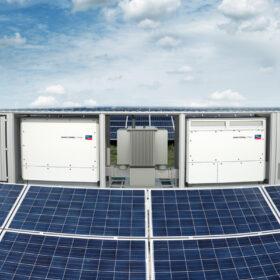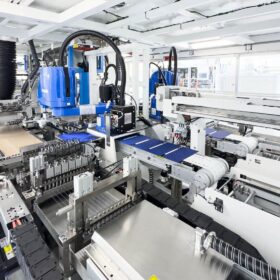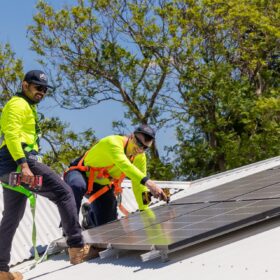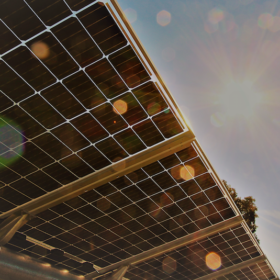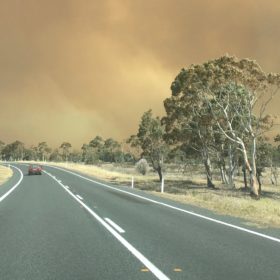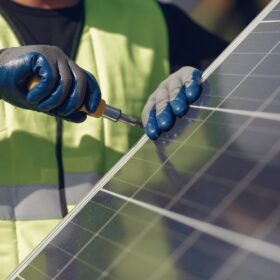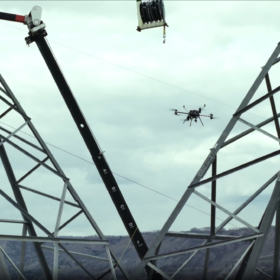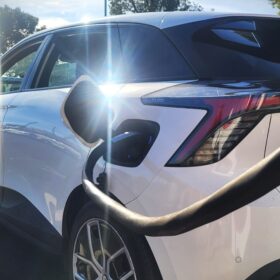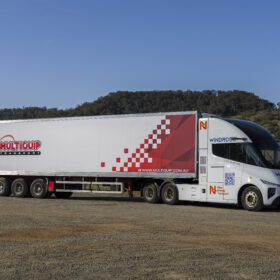Silicone composite coating promises to douse pole-top fire risk
A group of Australian engineers claim to have discovered a new material to make power-pole insulators resistant to electrical sparking and fire, promising to prevent dangerous pole-top fires, reduce blackouts and lower maintenance costs.
Australian researchers reveal new quality monitoring method for rooftop and large-scale PV
An Australian research group has used an SMA inverter to switch the operating point of a PV array and has demonstrated its ability to create photoluminescence images for both rooftop and large-scale solar installations.
UNSW researchers warn of surprising TOPCon solar module vulnerabilities
Researchers at the University of New South Wales claim to have identified three TOPCon panel failure types that are absent in PERC products. They explained that these failures may occur when the modules are exposed to high humidity and contaminants before encapsulation.
Report reveals 48.5 GW of untapped PV potential on Australian residential buildings
Australia has firmly established its status as a global leader in residential solar deployment with 35% of all houses having already installed rooftop systems but new data reveals there is almost 50 GW of “untapped PV potential” on residential buildings across the country.
Billion-dollar investment could revive Australian solar manufacturing
Solar SunShot is well named. The Australian government has announced it will plough $1 billion into bringing back solar manufacturing to Australia, boosting energy security, swapping coal and gas jobs for those in the solar industry, and guarding against supply chain shocks and geopolitical tension.
Study stresses urgent need for action with solar waste tipped to reach 1.2 GW annually
A new report has called for large PV waste and recycling facilities to be established in major Australian cities as a matter of priority with solar waste predicted to reach 100,000 tonnes annually, equivalent to 1.2 GW per year, by the end of the decade.
Interview: Guiding consumers to make smart solar decisions
A new guide is hoping to point Australian households in the direction of the right solar system for their home, today and into the future. Mike Roberts, from the UNSW, helped create the Solar Consumer Guide and smart tools like SunSPOT and explained how they work.
UNSW research finds high temperatures increase module degradation
A UNSW study has shown that hotter temperatures, as result of climate change, means solar panels are at greater risk of degradation. Prolonged exposure to harsher outdoor conditions increase the cost of solar energy in hotter Australian regions.
UNSW research finds solar can act as early bushfire warning system
While investigating on the effects of wildfire smoke on rooftop PV installations, University of New South Wales (UNSW) researchers have found that solar arrays, due to their sensitivity to smoke, could serve as an early warning detection of wildfires by providing temporal and spatial information on the presence and approximate concentrations of smoke.
Solar waste tipped to provide material supply security
Researchers from the University of New South Wales have rejected suggestions that end-of-life solar panels will create a “waste mountain” in Australia, saying instead that they could serve as valuable material reservoirs for future production.

